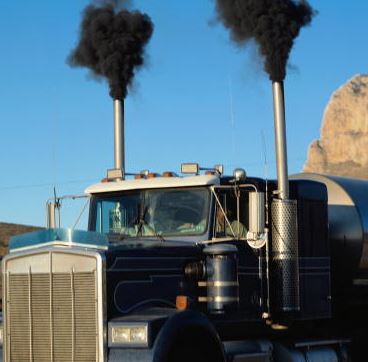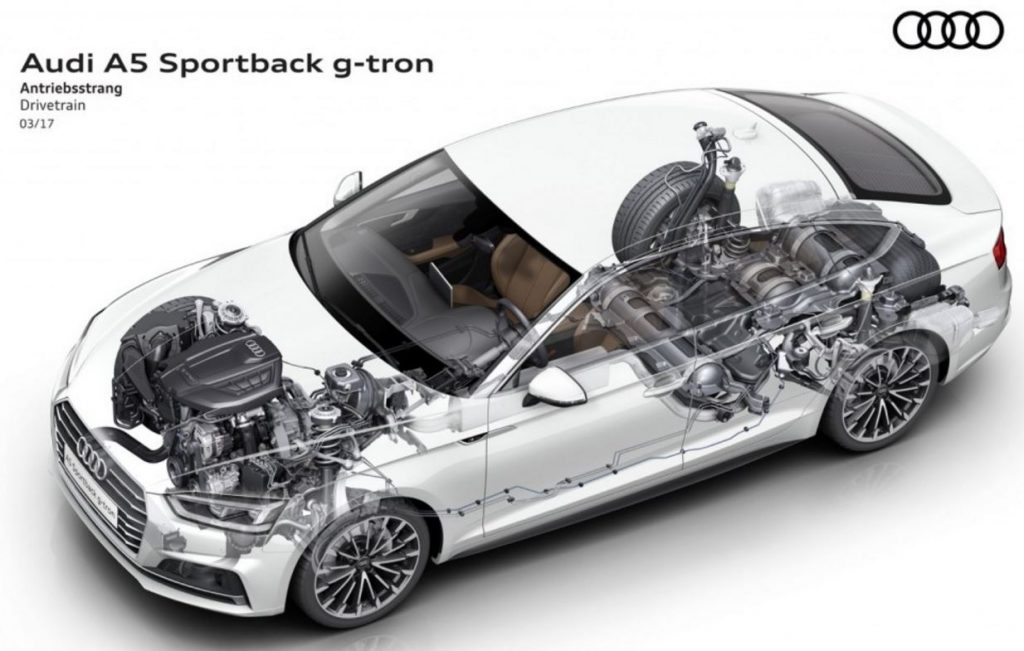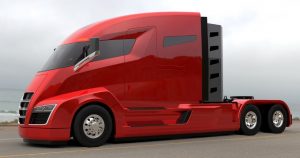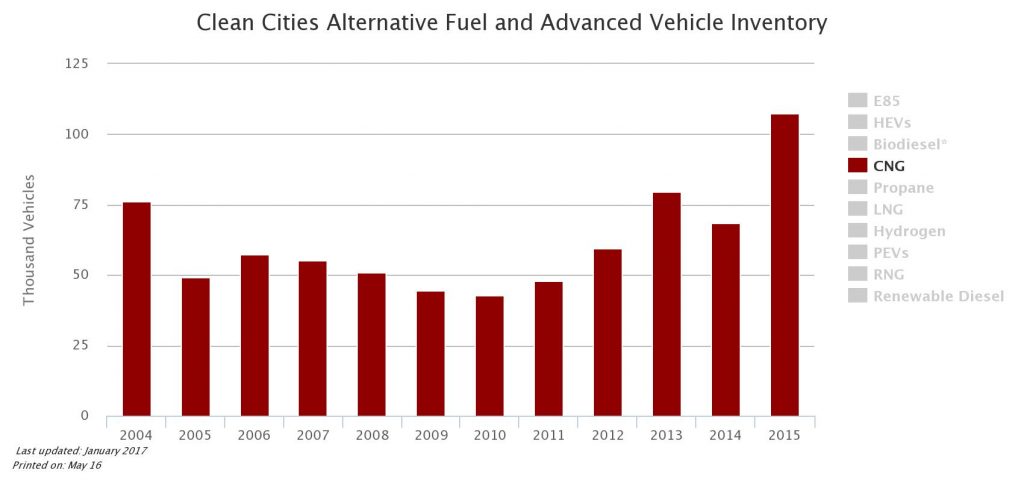Poor air quality driving European cities against diesel
At the December C40 meeting in Mexico, the mayors of Paris, Mexico City, Madrid and Athens announced that they will stop the use of all diesel-powered cars and trucks by the middle of the next decade.
The leaders of those cities are worried about diesel’s impact on air quality. BBC reports that leaders in other European cities also want to put severe restrictions on diesel with some calling for banning the fuel outright.
In the UK, activists are calling for London’s mayor to join European metroplexes by doing away with diesel vehicles from London by 2025. London’s mayor has proposed an expanded clean air zone within the city, the BBC said.
“We want him to go further and faster,” ClientEarth lawyer Alan Andrew told the BBC. “We need a national network of clean air zones so that the problem is not simply pushed elsewhere.”
Vehicles registered before 1997 have already been banned from entering Paris, with restrictions increasing each year until 2020.
Audi CEO stands up for diesel and natural gas-powered cars
“Diesel is a key technology yet the value of it as a fuel is no longer recognized,” Audi CEO Rupert Stadler recently told Autocar.com.
Stadler might like his company’s diesel-powered vehicles, but he might be fighting a losing battle against the forward momentum of the climate change forces that have permeated all levels of Europe’s governments in the past two decades.
“I’d prefer to see its value through the eyes of the customer, who gets good torque, range and fuel consumption,” Stadler said.
“These values should be respected, especially when we know that, for the next 10-15 years, 70-80% of the market will be diesel, petrol or mild hybrid. Even the most positive expectation is 30% pure electric.”
Audi investing in battery tech, but CEO says look at which form of propulsion will deliver the most mileage for European drivers
“We are investing heavily in battery technology, but we should never forget that most mileage will be covered for a long time by vehicles with internal combustion engines. We need to have the best options for those, and restricting choice will not help.
“I’m a big supporter of CNG,” Stadler said. “It’s very clean, can be stored everywhere, you get a long range and you can refuel in two to three minutes. The trouble is it has an image problem, but I’m convinced of its advantages. The strategy is right, but we need industrial partners to make it work on a wider level.”
In some markets, Audi sells a natural gas-powered “g-tron” vehicles. Autocar said the A3 g-tron is powered by CNG (compressed natural gas) and so-called Audi e-gas, “which is produced via a low-CO2 system that uses a process of electrolysis and methanation to split oxygen and hydrogen before using CO2 to produce synthetic methane.”
Europe’s policymakers are shaping its auto and truck markets
“The biggest shapers of automobile design are not carmakers, but rulemakers,” BBC environment analyst Roger Harrabin said.
“There is already a rush to improve electric and hydrogen cars and hybrids. That will now become a stampede,” Harrabin predicted. He said manufacturers misled governments about their ability to clean up the local pollution effects, so now diesel vehicles are being banned to clean up local air. “In their place will come electric and hydrogen vehicles, which are perfect for climate policy if the power comes from renewables,” he said.
Last year both Norway and the Netherlands proposed bans on new internal combustion engines by 2025, the British press reported.
Initially the Labor Party proposed a law in the Netherlands that aimed to ban gasoline and diesel cars entirely, but it was dialed back, according to The Guardian. The revised bill would allow existing cars to stay in use, but would “strive to prevent” the sales of any future ones, ensuring that Dutch roads gradually electrify over the next decade or so.
USA’s race for first electric semi-trucks is being driven by 2 entrepreneurs, not climate policy wonks
 In the U.S., two electric vehicle startups—Tesla Inc. and Nikola Motor Company—both named after the 19th century’s famous future-thinking inventor Nikola Tesla, are in a neck-and-neck race to crank out the first successful commercial electric-powered semi-trucks.
In the U.S., two electric vehicle startups—Tesla Inc. and Nikola Motor Company—both named after the 19th century’s famous future-thinking inventor Nikola Tesla, are in a neck-and-neck race to crank out the first successful commercial electric-powered semi-trucks.
In one corner is outspoken Tesla Motors and SpaceX founder Elon Musk. In the other, electric vehicle newby but equally savvy Nikola Motors founder Trevor Milton.
Nikola hit the stage first when Milton debuted his hydrogen electric semi, the Nikola One, last fall at an event in Salt Lake City. The company said it banked $2.3 billion in deposits for the tech-loaded electric truck in just the first month it was taking deposits.
The Nikola One utilizes a fully electric drivetrain powered by high-density lithium batteries according to the company. The 320-kilowatt-hour battery array is charged by a proprietary onboard hydrogen fuel cell affording single-fill range of 800 to 1,200 miles.
Tesla has released almost no details but said it would unveil its all electric semi-truck in the fall of 2017.
The Commercial Carrier Journal calculated some possible charging times for the Tesla all-electric truck, based on Tesla’s Model S charging information that is public. “According to Tesla’s website, a Model S that has been driven 300 miles needs 8 hours and 42 minutes to fully recharge. At that rate, it would take about 30 hours to drive Interstate 10 across the state of Texas – about 14 hours of driving plus 16 hours of charging,” CCJ calculated.
“At just under 900 miles, you’d need another almost 9-hour charge as soon as you crossed into New Mexico. Additional batteries will have a negative impact on payload but anything under a 600-mile range isn’t going to cut it,” CCJ said, “and [Tesla founder Elon] Musk is adamant those extra miles won’t come from an integrated hydrogen fuel cell.” That is the technology used by Tesla’s trucking industry rival Nikola Motors.
The question of range is what the consumer automotive and commercial trucking industry see as the big bugaboo, due to batteries needing multiple long charges over a long haul trip. Tesla has responded with its network of charging stations for its consumer vehicles, and the company is talking about offering battery swaps for truckers who need to “fill up” en route to a destination. Nikola says ‘no problem’ for the Nikola One, due to the truck’s onboard hydrogen fuel cell.
Meantime CNG-powered cars and trucks are gaining real estate, albeit at a relatively slow pace.





